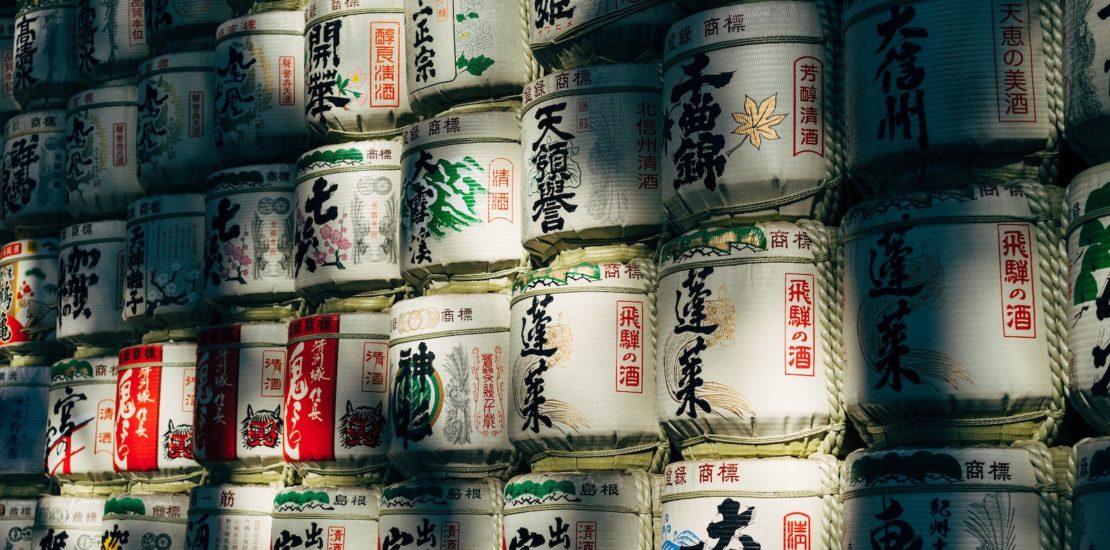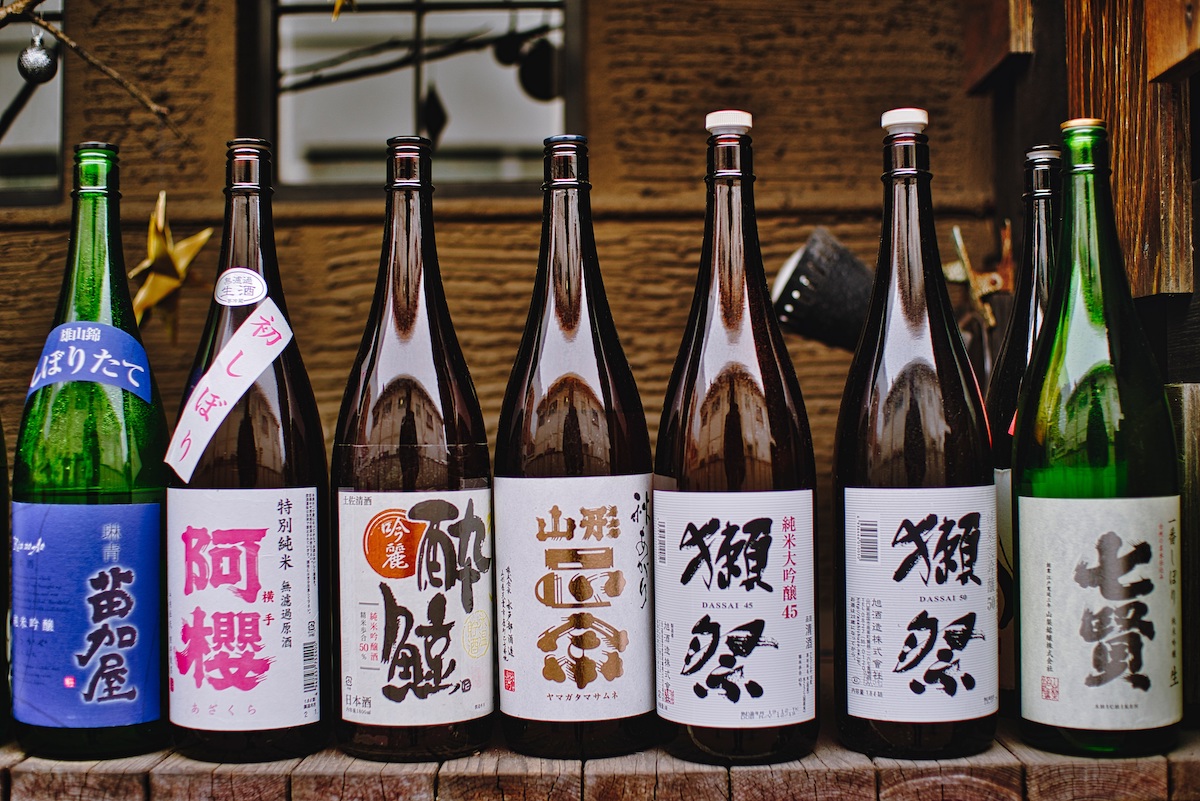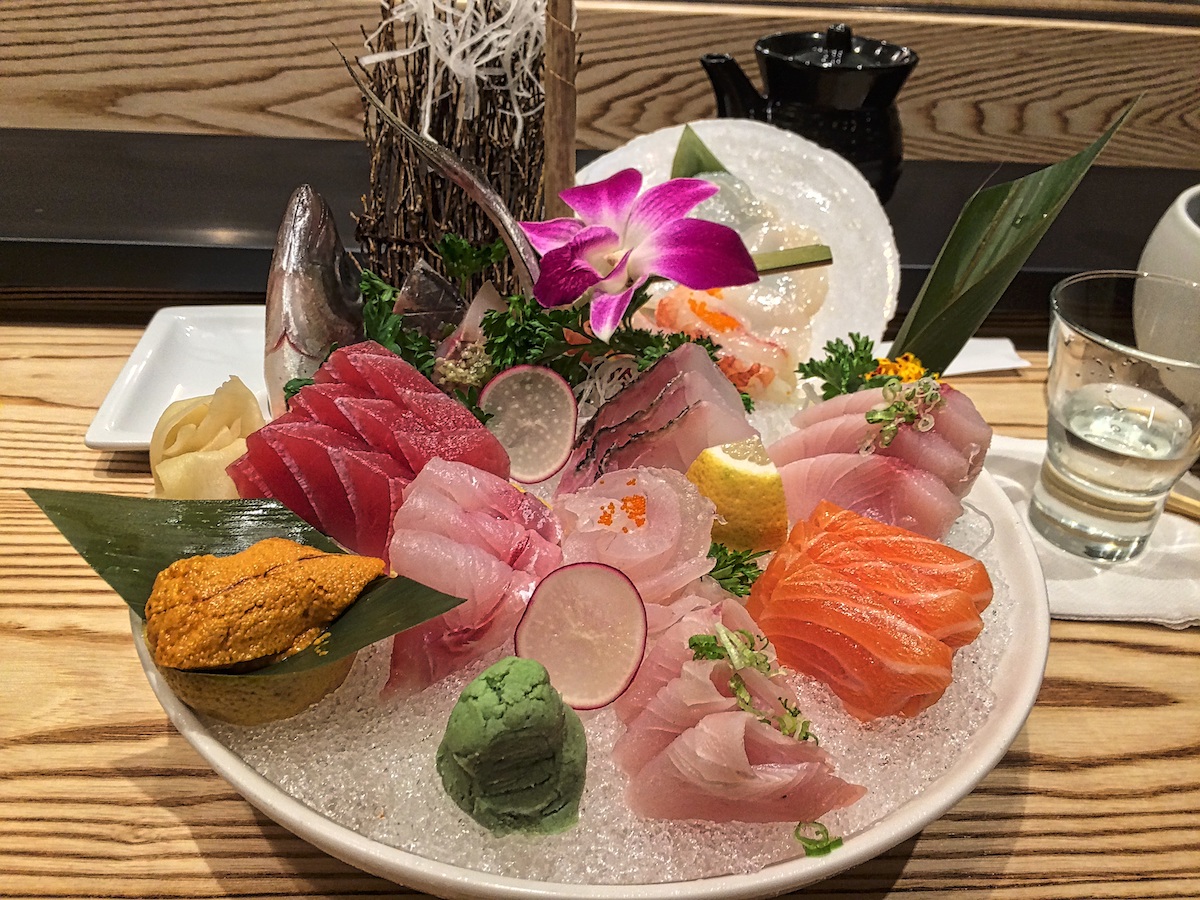Terrified of hand-written Japanese sake menus? This is a how-to-order beginner’s guide for Japan’s national drink – sake!

Sake (or nihonshu) – Japan’s national alcoholic beverage – is a must-try if one were to ever venture to Japan. Often mislabelled as rice wine, this fermented rice beverage has been brewed (making the process more similar to beer) in this country for hundreds of years. To be legally labeled as sake, it must contain at least the following four ingredients: rice, water, koji, and yeast. But to be honest, these details aren’t that important when one orders sake. For the uninitiated, ordering sake at a restaurant or bar in Japan is nothing short of intimidating. And it’s even worse if you can’t speak Japanese. So instead of hovering your google translate app over the often illegible hand-written menu that essentially provides no important information as to what the drink will taste like, here’s a quick how-to-order beginner’s guide instead!
For the uninitiated, ordering sake at a restaurant or bar in Japan is nothing short of intimidating.
Like ordering from the food menu, asking for a recommendation from the shop staff is the best way to get the perfect drink that suits your taste. “Osusume wa arimasu ka?” is the phrase that will carry you through your Japanese journey. After asking this, the staff will probably have a few questions for you.
Sweet or Dry?
First, they’ll most likely ask if you prefer something sweet (amakuchi) or something dry (karakuchi)? From that point, if the staff member has judged that you probably don’t know much about sake, they’ll probably list a couple recommendations (a good place will recommend something that’s in season and super fresh), to which you can blindly respond with a “sure, that ..whichever.. yeah that one.. is good, yeah, thanks” and in a few minutes, a delicious cup of goodness will arrive at your table. In my opinion, if you’ve never had sake before, the important thing isn’t to get the first order right, but to understand where you head from here on out. You’ve now ordered your first glass of sake, and can now decide what you like or don’t like about what you’ve just ordered. This will help you direct the staff for your next order. For example, “This one was a little too dry and heavy, can I have a lighter one that’s a little sweeter?”]

Fruity or Savoury?
Without being overly technical, the more the rice is milled down to its starchy core, the more elegant, clean, and fruitier the flavours will be. The opposite – where the rice is not milled down as much – will produce a heartier, sometimes savoury (umami) or rice-y flavour. This is indicated by a % (don’t confuse it with the alcohol percentage) on the bottle. The lower the number, the more milled down the rice will be, and the more elegant and expensive it will usually be as well. There are exceptions of course and many more factors involved, but this is the general rule. I suggest trying both! And if you’re not sure where to start, I sometimes like to start my meal off with something lighter and work towards the other end as that’ll probably mimic the way your meal is coursed (appetizers first, proteins last). You can order with the words “fruity” (try to pronounce it the katakana way) and “umami”.
Warm or Chilled?
Sake brought to your table will usually be defaulted to chilled. I highly suggest trying everything chilled first, and then trying out its warmed version (atsukan) should you want to experience an additional dimension. I find that savoury styles are usually great warmed, or even room temp. Fruitier styles are usually best chilled, but there are exceptions. The staff will know best if something will be tasty as well at a different temperature, so I would simply ask. Just be careful to never overheat or overchill it as the flavours will be destroyed. The first time I tried sake, I had a hot glass of something recommended to me at a Japanese restaurant in Canada. I was convinced to never try sake ever again after that experience. I’d be a little cautious if you’re served something like this as it’s usually used to mask flaws of cheaper sake.
Nama? Nigori?

There are still plenty other ways to categorize sake but I’ll finish off with these two as I think they’re probably the most easily distinguishable and often consumed. Nama translates to raw, and in sake terms, it translates to unpasteurized (in simple terms, not heated before bottling). They taste fresh, fuller, deeper, and sometimes a little effervescent. Namazake is awesome and hard to come by abroad as it often doesn’t survive the exporting trip. So definitely consume lots if you’re in Japan! It doesn’t get fresher than this.
Nigori sake is what most people’s image of sake is. It’s that cloudy looking sake that’s often found in sushi menus in Japanese restaurants overseas. It’s basically sake that’s been roughly pressed so that the leftover lees remain. It’s easy to distinguish this category due to its cloudy appearance, which I think has attributed to its popularity amongst people who are just trying sake for the first time. It’s a little more creamy in terms of mouthfeel and honestly kinda fun!
Food Pairing?
Food pairing is difficult with sake. I worked at a Japanese sake bar/restaurant and often relied on my boss’ recommendations when customers asked about pairing. He’d offer an answer but would usually also say that most sake will work with different types of food. A general rule I’ve learned, though, is that something light and fruity could pair well with light food like sashimi, pickles, white fish, veggies, olives etc. and something rice-forward/umami could pair well with heavier food like meats, stews, sauce-y stuff, and I’ve even had luck pairing it with dried fruit. It’s kind of like white wine vs. red wine. Kind of! Then with oily or fried food, you could pair it with something dry and acidic to restart your palette. I once had the most amazing experience at a sake bar where we were served saltine crackers with cream cheese and corned beef, and I washed it down with a clean sake that completely took the oiliness out of my mouth. It was honestly magical and made the next bite of salty creamy beef so much more tasty. And finally, as a little bonus, I’ll briefly introduce aged sake (called koshu), which I think goes really well with funky cheeses and sweeter/heavier desserts (like something chocolatey). There really is no hard-set rule though, so don’t be afraid to experiment! Like anything in gastronomy, the rule of thumb is harmony and balance. But most of the time, it usually comes down to personal preference.

There’s still a lot more to sake than this, from regionality to types of yeast to lactic acid and more. And there are a lot more terms as well, especially in labelling. But I chose not to mention them here because I don’t think it’s necessarily effective to order based on those labels if it’s your first foray into the world of sake. I’d save the glossary google search for after if you’re interested, but for now, these categorizations should be more than enough to get you started on your sake journey! Kanpai!



